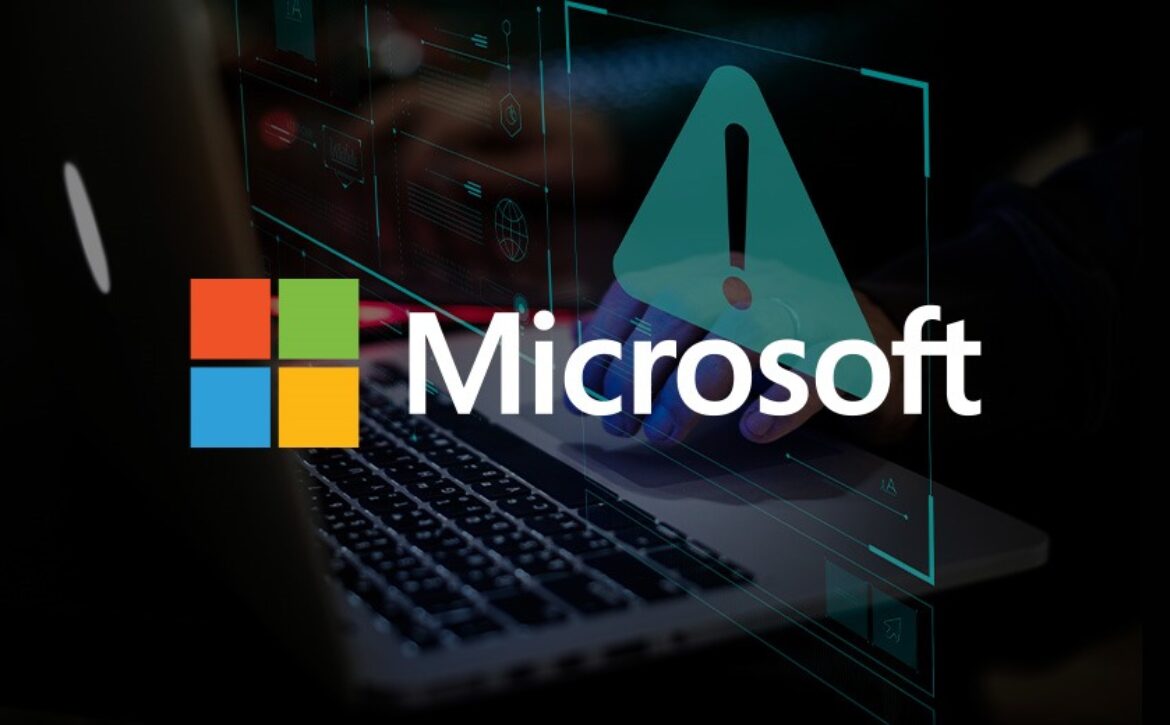LLMs Gone Rogue: The Dark Side of Generative AI
Artificial intelligence (AI) has officially entered the mainstream. According to a recent Deloitte report, 78% of companies plan to increase their AI investments in 2025, with 74% reporting that their generative AI (GenAI) projects have met or exceeded expectations.
But as AI becomes more accessible, so does its potential for misuse. While businesses benefit from smarter tools and faster processes, malicious actors are also leveraging large language models (LLMs) to launch sophisticated cyberattacks. These “dark LLMs” are pushing the boundaries of what’s possible — in all the wrong ways.
What Are Dark LLMs?
Dark LLMs are large language models with their safety guardrails removed or deliberately disabled. Built on powerful open-source platforms, these models are trained like their legitimate counterparts — using enormous datasets to understand and generate human-like language. But instead of helping businesses or individuals solve problems, they’re designed for harm.
Guardrails in mainstream LLMs (like OpenAI’s ChatGPT or Google’s Bard) are there to prevent harmful outputs. They typically block prompts that ask for illegal advice, malicious code, or dangerous misinformation. However, with the right “jailbreak” commands or custom training, these models can be manipulated — or created from scratch — to deliver exactly what attackers want.
Dark LLMs don’t just bypass safeguards. They are the safeguard-free versions.
Meet the Malicious Models
The dark web and encrypted platforms are now home to several widely used dark LLMs. Here’s a look at some of the most notorious:
-
WormGPT: A powerful model with 6 billion parameters, WormGPT is sold behind a paywall on the dark web. It’s frequently used to generate highly convincing phishing emails and business email compromise (BEC) attacks.
-
FraudGPT: A cousin of WormGPT, this LLM can write malicious code, build fake websites, and discover system vulnerabilities. It’s available on both the dark web and platforms like Telegram.
-
DarkBard: A malicious clone of Google’s Bard. It mimics Bard’s functionalities, but with zero ethical restraints.
-
WolfGPT: A newer entrant, WolfGPT is written in Python and advertised as an “uncensored” version of ChatGPT.
These dark LLMs are often sold as subscriptions or as-a-service offerings, giving hackers access to on-demand AI capable of launching large-scale, personalized attacks.
Why Should Businesses Be Concerned?
Dark LLMs give cybercriminals a serious upgrade. They:
-
Write malware or exploit code faster and more effectively
-
Generate realistic phishing emails that are nearly impossible to detect
-
Help attackers identify weak points in enterprise infrastructure
In other words, they automate malicious creativity — at scale.
Worse, even standard LLMs can be turned “dark” using advanced jailbreak prompts. This means that nefarious capabilities are only a few steps away, even for someone using a publicly accessible tool.
Mitigating the Risks of Dark LLMs
Yes, dark LLMs are dangerous — but they’re not infallible. Their capabilities still depend on human input and direction. And like all AI, they make mistakes. Even mainstream LLMs have shown quirks when applied in the real world, such as generating fake book titles or failing at fast food orders (like accidentally adding 260 chicken nuggets).
The good news? Strong cybersecurity hygiene still works. Here’s how companies can defend themselves:
1. Empower Your People
Even the most sophisticated AI-powered phishing attempt still requires one thing: a click. That’s where human training comes in.
-
Run regular phishing simulations
-
Teach employees how to spot social engineering red flags
-
Foster a “see something, say something” culture
Humans are still your first and strongest line of defense.
2. Focus on the Fundamentals
Go back to cybersecurity basics:
-
Strong password policies
-
Multi-factor authentication
-
Zero trust architectures
-
Encryption protocols
These best practices are just as effective against LLM-enabled threats as traditional ones.
3. Use AI Against AI
Don’t just defend — fight fire with fire. AI-powered security platforms can detect anomalies faster than human teams alone.
-
Use machine learning models to identify unusual traffic
-
Invest in real-time threat detection and response tools
-
Regularly update systems and patch vulnerabilities
AI may be the weapon of choice for cybercriminals, but it can also be the shield for defenders.
Final Thoughts
The rise of dark LLMs shows the double-edged nature of generative AI. For every advancement in productivity or creativity, there’s an equal opportunity for exploitation.
But dark LLMs don’t have to win. With a combination of strong human oversight, foundational security protocols, and next-gen detection tools, businesses can stay a step ahead of cybercriminals — and shine a light into the darkest corners of AI misuse.
Want to stay ahead in the AI security game?
Subscribe or contact us for more insights, best practices, and expert takes on emerging tech threats.


